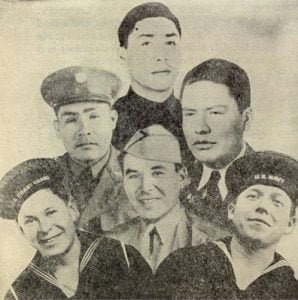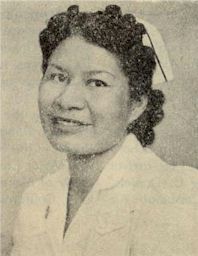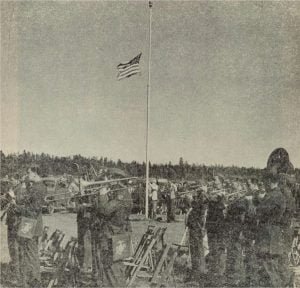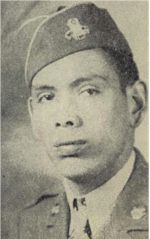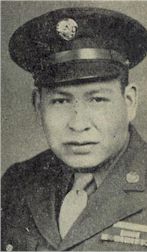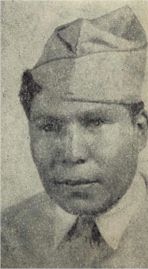Encampment in Virginia
Washington in September, 1862, while relatively secure from the easy capture which would have been possible in the summer of the previous year, was not in a situation of such safety as to preclude anxiety, for Pope had just been beaten at Bull Run and Lee’s army was north of the Potomac in the first of its memorable invasions of the loyal states. On the very day of his check at Antietam, September 17th, the Nineteenth Connecticut Volunteers reached the capital, and the next day moved into the hostile state of Virginia, bivouacking near Alexandria. In this vicinity the regiment … Read more







